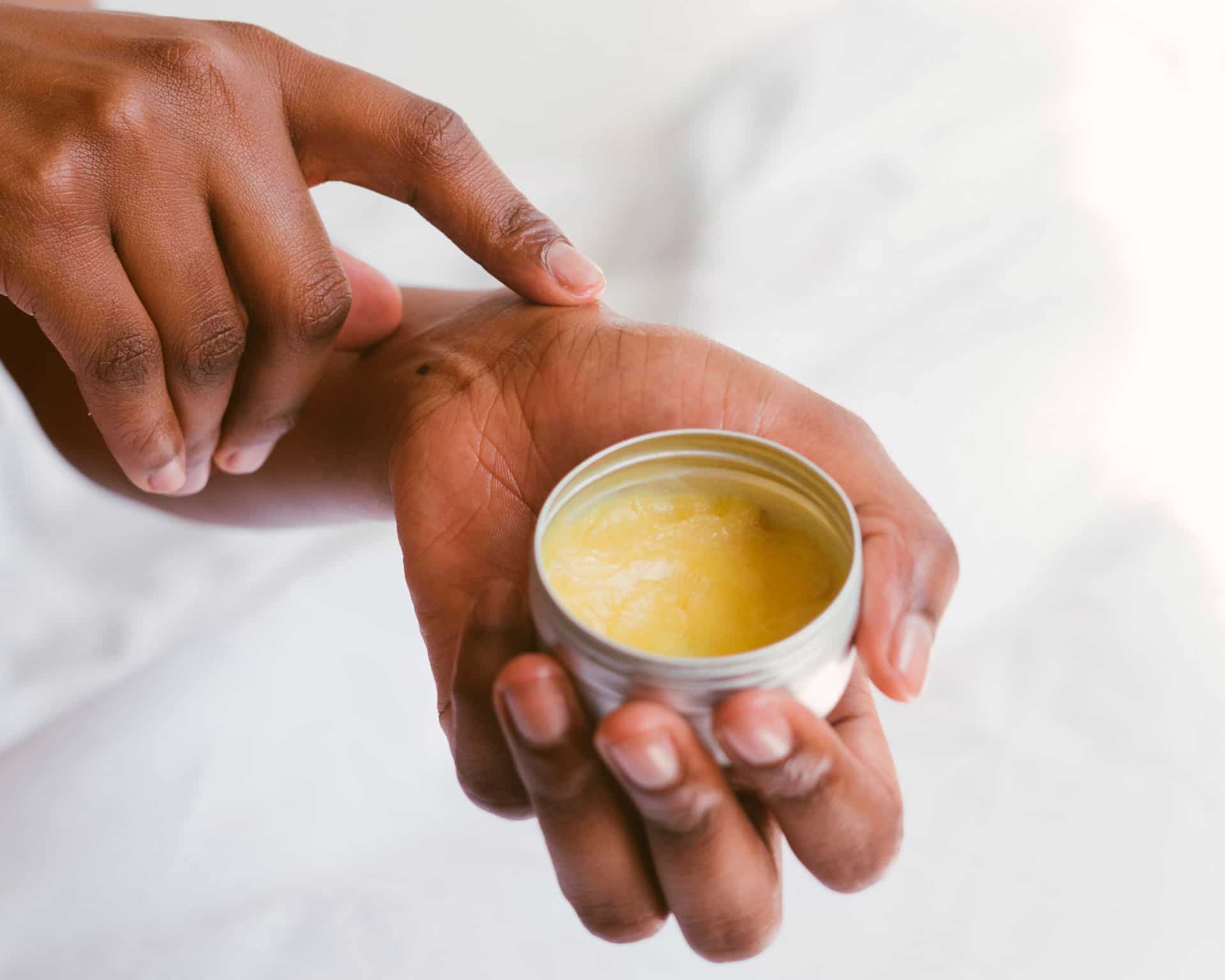
Water (aqua) is one of the most common ingredients you’ll find in beauty products today. However, with rising concern for the environment and climate change, many are turning to waterless beauty for their skincare needs. Waterless beauty is exactly what it sounds like, the water-free versions of beauty products. While this trend may have started long ago, in recent years, it has taken on a new life and now water-free or “blue beauty” products are almost everywhere. Read on to learn more about waterless beauty, how it benefits the environment, and how it can help your skin.
As Mayca often reminds us, it’s crucial to keep water out of our beauty products, homemade or not. The reason for that is because water can speed up the growth of bacteria. This is also why you shouldn’t keep skincare products in the shower or anywhere where water can get to them as their stability is greatly affected. Not to mention that using mouldy or bacteria-riddled beauty products can be hazardous to your and your skin’s health.
Since water is a cheap ingredient, which doesn’t contaminate formulas, it’s a common filler in skincare products. Using water, however, also requires preservatives to keep these products shelf-stable. Unfortunately, many preservatives can cause skin irritation and lead consumers to worry about toxicity levels. Furthermore, contrary to popular belief, water isn’t a great moisturizing ingredient because when it evaporates from the skin it can also take natural oils with it. In contrast, waterless beauty products can provide concentrated nourishment to the skin and help keep it moisturized longer.
Beyond health concerns surrounding water-based beauty products, there is also the everyday concern of packaging. Since the 1950s, plastic pollution on Earth has skyrocketed. Nowadays, more than 8 million tonnes of plastic can be found in our oceans. While most plastic comes from a variety of industries, including food and cleaning products, the beauty industry also lays claim to much of the plastic pollution on the planet. Additionally, the beauty industry is often guilty of overpackaging and using materials which are more difficult to recycle.
Therefore, waterless beauty products that require little to no packaging come as a much-needed breath of fresh air. As water-free products need not be packaged in plastic for fear of leaching or leaking, they can use compostable or fully recyclable materials instead. In addition, as these products are more concentrated and lack fillers such as water, they are also more effective. Consider that the less effective a product is, the more you use it and the more packaging waste it creates. Whereas, the more effective a product is, the less you use it and the less you have to buy it.
The waterless beauty trend can be traced back to South Korea, but only became popular in western countries around 2015. As you may well know, it can include a variety of products such as powders, solids, concentrated oils, body butters, masks, and serums. These products work to increase potency and improve their efficacy on the skin and even hair. Though smaller, independent brands were the first to experiment with waterless beauty, now huge names in beauty and makeup are jumping on the bandwagon. Of course, water-free beauty products aren’t the be-all-end-all solution to sustainable beauty, but they are certainly a good place to start.
While you shouldn’t eliminate water from your beauty routine completely, knowing which waterless beauty products to choose can help create a more sustainable regimen. If you’re looking for concentrated nourishment, waterless beauty products are the way to go. On the other hand, water-based products like fruit acids might be better for special treatments. Last but not least, it’s also important to bear in mind the effect products such as anti-ageing oils or cleansing balms have on your water footprint. These products require a lot of water to make, so it’s best to be mindful when using them.
Waterless beauty products are the future and we’re sure that there will be many more to come. Anyone hoping to make their own waterless beauty products at home may want to sign up for the WapoBeauty’s Online Halloween Shampoo Bar Workshop later this month. If you are looking for more in-depth resources, check out WapoBeauty’s Traditional Soapmaking eBook.Those searching for guided learning should visit WapoBeauty’s Complete Facial Skincare Online Course for Beginners and discover how to make professional, safe, and stable natural beauty products. Join the ranks of students who found this class valuable and rewarding!
Ashuni Pérez is an American writer based in Valencia, Spain. She has a passion for natural beauty and the environment. Ashuni loves to cycle and drink smoothies in the sun. Follow her on Instagram at @ashuuuuni.